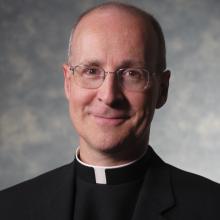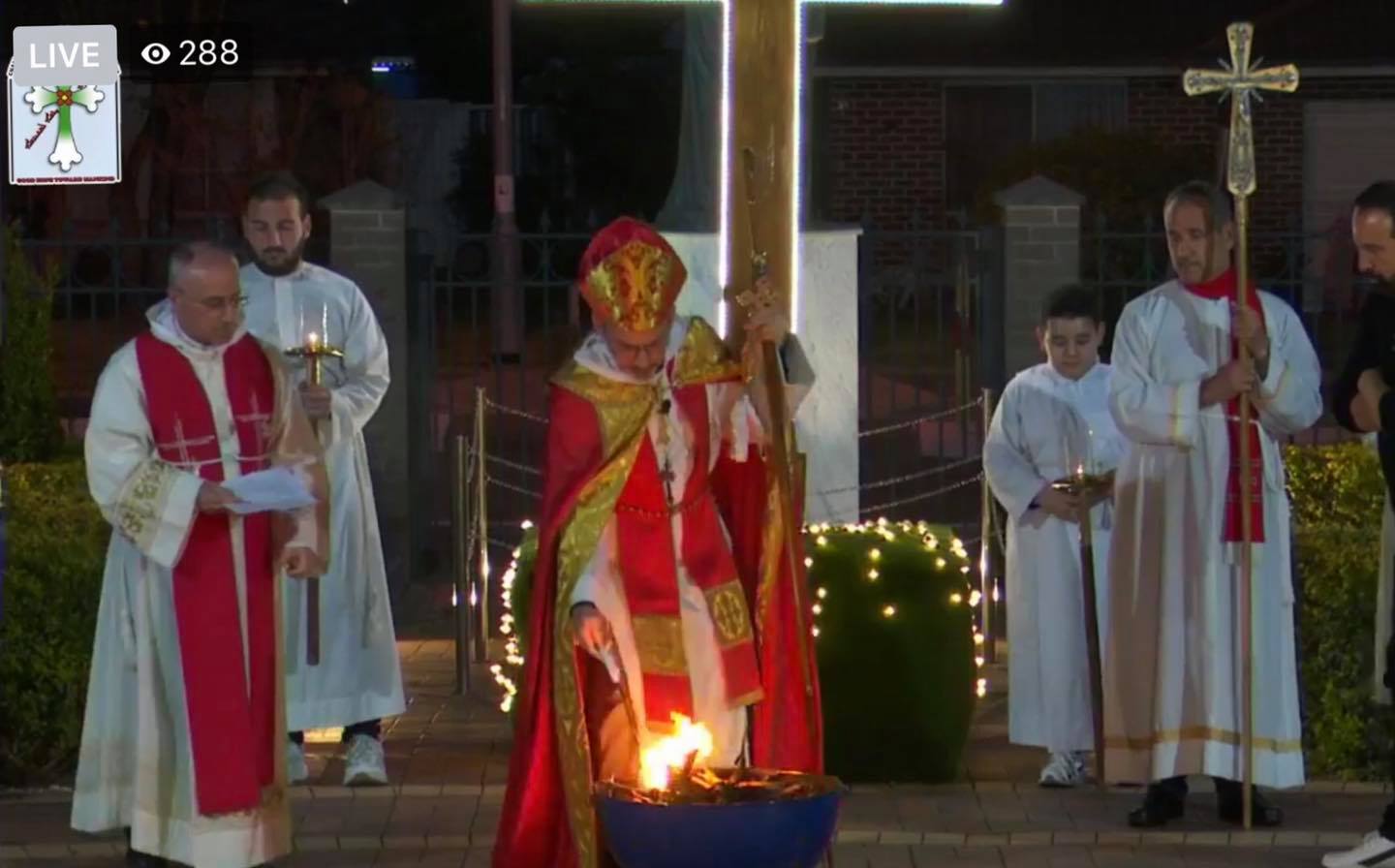By: James Martin, S.J.
America ( the jesuit review) magazine
Since Building a Bridge, a book on ministering to lesbian, gay, bisexual and transgender Catholics, was published, I have been asked—at Catholic parishes, retreat centers, colleges and universities and conferences—a few questions that recur over and over. The most common are: “What can we say to gay people who believe that God hates them?” “How can we help young people who feel tempted to suicide because of their sexual orientation?” And “What can we say to gay or lesbian Catholics who feel that their own church has rejected them?”
Another common question is about the church’s official teaching on homosexuality, homosexual activity and same-sex marriage. Usually these questions are asked not by Catholics who are unaware of the church’s teaching (for most Catholics know the teachings); rather they are asked by Catholics who want to understand the basis for the church’s teachings on those topics.
Building a Bridge intentionally steered clear of issues of sexual morality, since I hoped to foster dialogue by focusing on areas of possible commonality; and the church hierarchy and the majority of lesbian, gay, bisexual and transgender Catholics remain far apart on these issues. It also makes little sense to begin a conversation with topics on which the two sides are the farthest apart. Overall, the book was about dialogue and prayer, rather than moral theology. (As a Catholic priest, I have also never challenged those teachings, nor will I.)
But for a meaningful encounter to occur between the church hierarchy and any community, it’s helpful if both groups understand one another as much as possible. As I mentioned in the book, good bridges take people in both directions.
So it’s important to ask: What is the church’s official teaching on these issues? As an aside, since the Catechism of the Catholic Church, a compendium of church teaching on various topics, does not address bisexual or transgender persons but rather “homosexual persons,” I’ll refer here to gay and lesbian people to be more precise.
Church teaching at the most basic level is contained in the Gospels and, even more basically, in the revelation of the Father’s love in Jesus Christ. So the most fundamental of all church teachings about gay and lesbian people is this: God loves them. They are beloved children of God, created by God and in need of God’s loving care and mercy—as all of us are.
Moreover, in his public ministry Jesus continually reached out to those who felt ignored, excluded or marginalized, which many gay and lesbian Catholics do. In fact, gay, lesbian, bisexual and transgender Catholics are probably the most marginalized group in the church today, and so I believe that Christ loves them with a special love.
When it comes to gays and lesbians, then, the Gospel values of love, mercy and compassion are the building blocks of all church teaching.
To that end, it’s important to state that in the eyes of the church simply being gay or lesbian is not a sin—contrary to widespread belief, even among educated Catholics. That may be one of the most poorly understood of the church’s teachings. Regularly I am asked questions like, “Isn’t it a sin to be gay?” But this is not church teaching. Nowhere in the catechism does it say that simply being homosexual is a sin. As any reputable psychologist or psychiatrists will agree, people do not choose to be born with any particular sexual orientation.
But when most people ask questions about “church teaching” they are referring not to this question, but to restrictions on homosexual, or same-sex, activity as well as the prohibition on same-sex marriage. Homosexual acts are, according to the catechism, “intrinsically disordered” and “contrary to natural law.” (The bulk of the catechism’s attention to homosexuality is contained in Nos. 2357-59.) Consequently, the homosexual orientation (and by extension, any orientation other than heterosexuality) is regarded as “objectively disordered.”
Where does this teaching come from, and what does it mean? While this teaching has some biblical roots (Gn 19:1-29; Rom 1:24-27; 1 Cor 6:10; 1 Tm 1:10), we can perhaps best understand it from the church’s traditional reliance on natural law, which was itself heavily influenced by the writings of St. Thomas Aquinas (who himself drew on Aristotle).
Natural law is founded on the idea that God’s divine will and divine plan for the world and for humanity are not only revealed in the natural world but are, perhaps more important, self-evident to the human mind. During my philosophy studies, the Catholic sister who taught us medieval philosophy told us, “Aquinas wants us to see that the world makes sense.” One can understand God’s plan, says Aquinas, not only by observing nature but also by using our reason.
We can begin with the Thomistic idea that the world “makes sense.” From that starting point, Aquinas would say that it’s clear that everything is “ordered” toward something. Its Aristotelian telos, or endpoint, should be obvious both to our eyes and to our reason. For example, an acorn is quite obviously “ordered” toward becoming an oak tree. A child is “ordered” toward becoming an adult. Likewise, every act is judged according to whether it is properly oriented toward its proper end. In terms of sexuality, all sex is “ordered” toward what are called the “affective” (love) and “generative” (having children) ends, within the context of a marriage.
Consequently, according to the traditional interpretation of natural law, homosexual acts are not ordered toward those specific ends and so they are deemed “disordered.” Thus, “under no circumstances can they be approved,” as the catechism states. Consequent to that, the homosexual orientation itself is viewed as an “objective disorder” since it can lead to “disordered” acts.
Here we need to make clear that the phrase “objective disorder” does not refer to the person himself or herself but to the orientation. The term is also not a psychological description but comes from the perspective of philosophy and theology. Moreover, it does not detract from the inherent dignity of any human being, since God creates all human beings equal and good.
This leads to the church’s official teaching on chastity for “homosexual persons.” Since homosexual activity is not approved, the person may not engage in any sort of sexual activity: “Homosexual persons are called to chastity.” Here the catechism means celibate chastity, since every person is called to the chaste expression of love—even married couples. (Broadly speaking, chastity, in Catholic teaching, is the proper use of our sexuality.)
The Catechism of the Catholic Church also states that gays and lesbians can and should approach “Christian perfection” through chastity, with such supports as “the virtues of self-mastery that teach them inner freedom, at times by the support of disinterested friendship, by prayer and sacramental grace.” In other words, gays and lesbians, the catechism states, can live holy lives.
Needless to say, all these considerations rule out same-sex marriage. Indeed, official church teaching rules out any sort of sexual activity outside the marriage of a man and a woman—thus the church’s prohibitions on activities like premarital sex, adultery and masturbation.
But there is more to the church’s teaching on this topic in the catechism. Perhaps mindful of the specialized philosophical and theological language, the church teaches that “every sign of unjust discrimination” against gays and lesbians (again, here “homosexual persons”) must be avoided, and gays and lesbians must be treated with the virtues of “respect, compassion and sensitivity.” In my experience, this is the section of the catechism’s teaching on homosexuality that is the least known by most Catholics.
Beyond the catechism, in his recent apostolic exhortation “Amoris Laetitia,” Pope Francis made three points related to the issue of homosexuality. First, the pope reiterated the church’s opposition to equating same-sex marriage with traditional marriage between a man and a woman. Second, he repeated the prohibition against “unjust discrimination.”
The third point Pope Francis makes is representative of his approach to pastoral practice and moral guidance. Francis notes that we must recognize the good at work in every person, even in situations that fall short of what the church proposes as the fullness of Gospel living. He says that Jesus expects us to enter into the reality of people’s lives; “accompanying” them as we can, helping to form their consciences, the final arbiter of moral decision-making; and encouraging them to lead faithful and holy lives.
Part of that accompaniment is dialogue. That is one reason that it’s important for lesbian, gay, bisexual and transgender people to understand the church’s teaching in its totality—the Gospels, the tradition of natural law and its roots in Thomistic and Aristotelian reasoning, the catechism, “Amoris Laetitia” and other documents—in their desire to become good Catholics.
As Building a Bridge mentions, it is important for the institutional church to understand the lived experiences of lesbian, gay, bisexual and transgender Catholics. It is also important for this group of Catholics to understand what the church believes and teaches.

James Martin, S.J.
James Martin, S.J., is editor at large of America and the author of Building a Bridge: How the Catholic Church and the LGBT Community Can Enter into a Relationship of Respect, Compassion and Sensitivity, just released in a revised and expanded edition.
 St Thomas The Apostle Chaldean & Assyrian Catholic Diocese of AUS & NZ Chaldean Catholic Diocese – Sydney
St Thomas The Apostle Chaldean & Assyrian Catholic Diocese of AUS & NZ Chaldean Catholic Diocese – Sydney

